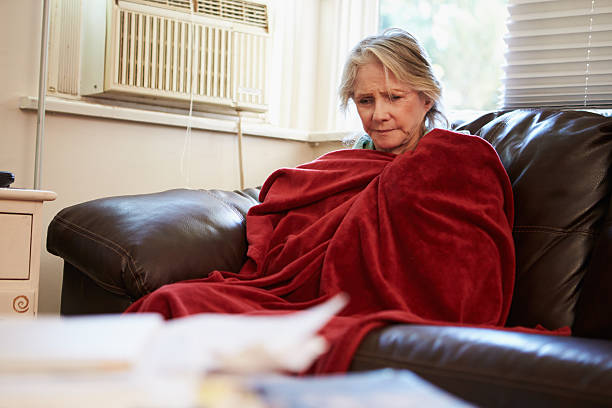Energy and People

Energy poverty (EP) is the lack of access to reliable energy services that adequately and comfortably meet household energy requirements and therefore basic needs (Simcock, 2020). Energy poverty may present as lack of access to sufficient electricity services, including regular power outages, cooking gas shutoffs, and lack of or faulty heating. Recent research has focused on the concept of energy inequity, which recognizes the disparities between energy access, reliability, and quality between different socio-demographic groups due to historical and present-day burdens. However, the presence of heating disparities between sociodemographic groups is relatively understudied in certain areas of the United States, even though the lack of heating in winter presents a significant threat to human health.

In this study, we focus on New York City as a case study on urban heating inequity. We used NYC OpenData’s 311 complaints dataset for the year of 2023 to assess the prevalence of heating service issues in public housing and found that these issues account for the majority of energy-disruption-related problems reported in the dataset. We then used census-tract-level building data to develop the novel Building Heat Issues Ratio (BHIR) indicator, in order to capture differences in heating inequities based on residents’ self-reported heating disruptions. We went on to compare the overlap between energy burden, a commonly used metric, and BHIR. Lastly, we ran several regressions, using tract-level demographic information from the LEAD Tool to understand if certain demographic variables are significant predictors of above average energy burden (AAEB) and high BHIR.

Distribution of high BHIR, Above Average Energy Burden, and the overlap between the defined threshold levels for the two metrics. Overlap between the two is not extensive.
We find that Heating issues in New York City are prevalent in the 2023 citywide 311 dataset. This prevalence may indicate the presence of a larger issue with building infrastructure quality, a potential factor that we attempted to capture using a new metric, the Building Heat Issues Ratio (BHIR). We define threshold values and compared the distribution of this new metric to the distribution of the older and often-used energy burden, an older inequity metric. We find some overlap between the metrics on the census tract level; however, the overlap does not appear extensive. While further analysis is necessary, this lack of extensive overlap may indicate that the BHIR does indeed capture a different dimension of energy inequity and insecurity that Above Average Energy Burden does not account for. This result could indicate that BHIR may account for the presence of poor or faulty building infrastructure that could be a contributor to inadequate heating services. The concentration of both metrics in different regions of New York City also requires more granular analysis, as we are unsure of what may be primarily responsible for these high metric values in certain areas over others.
Partners/Collaborators
Qingran Li, Clarkson University, Potsdam, NY, USA
Fund This Project
Contact:
development@whoi.edu
Marine (Yaqin) Liu: yaqliu@whoi.edu